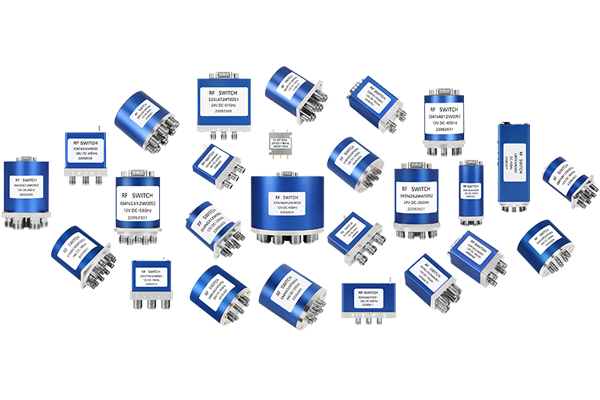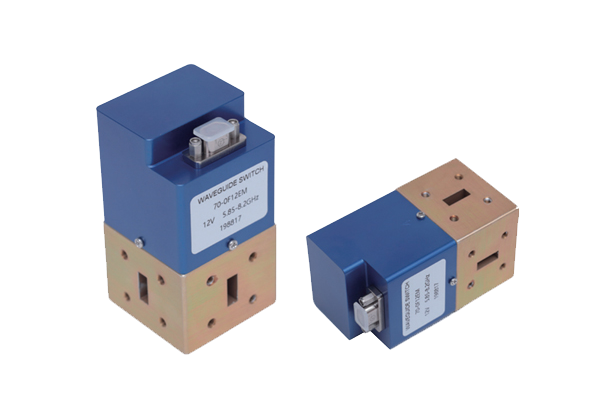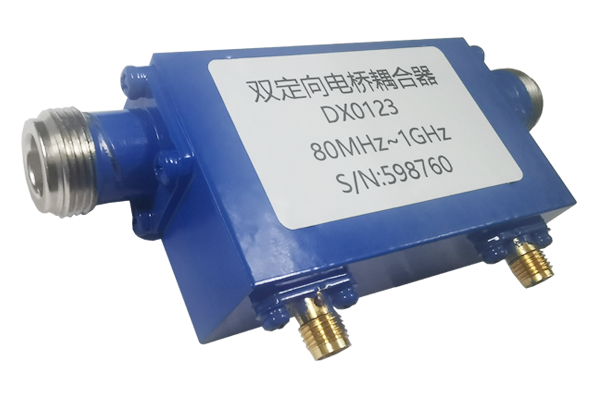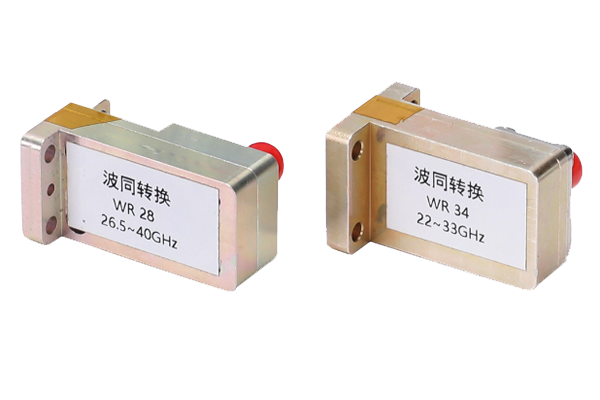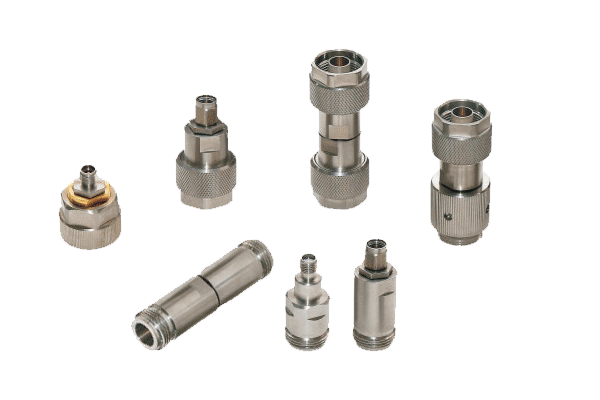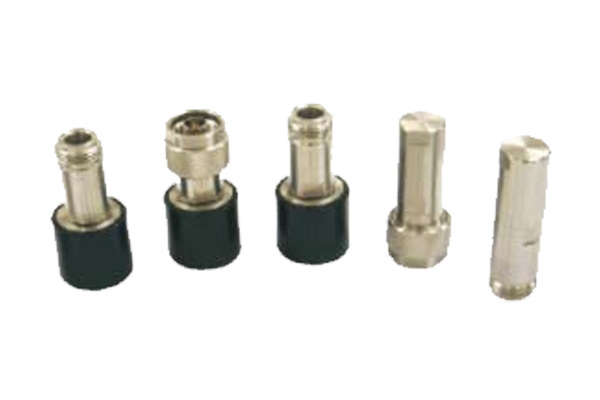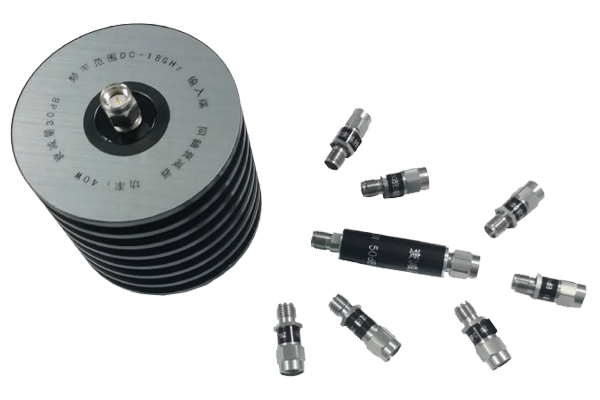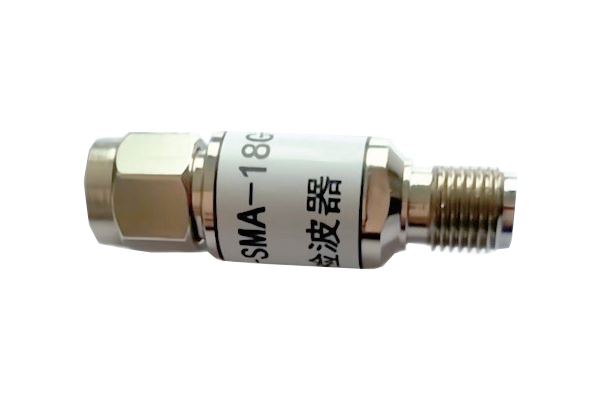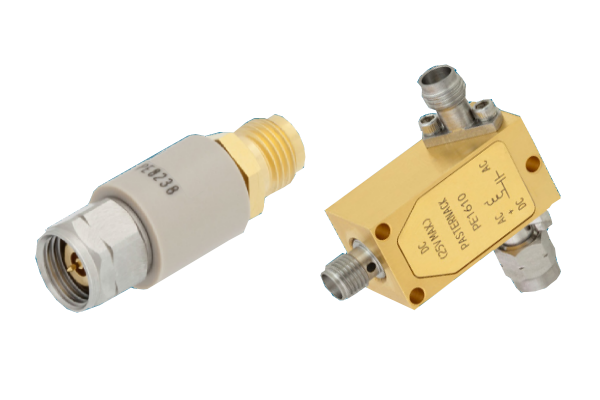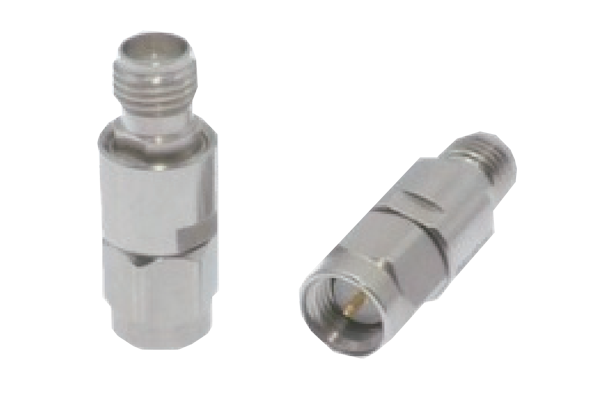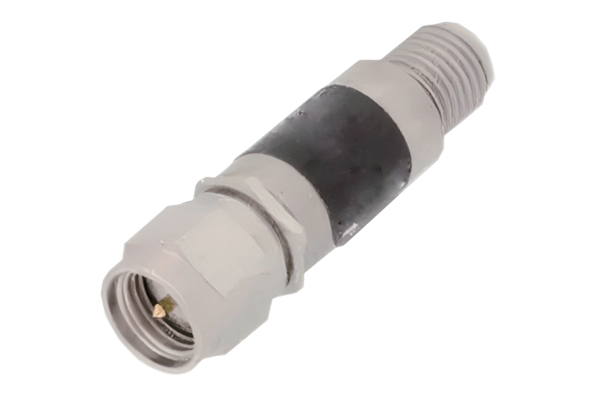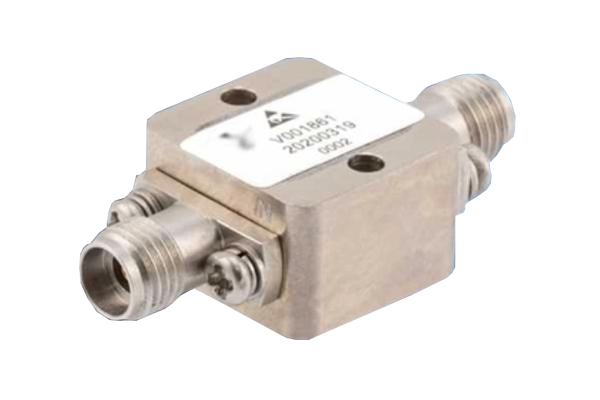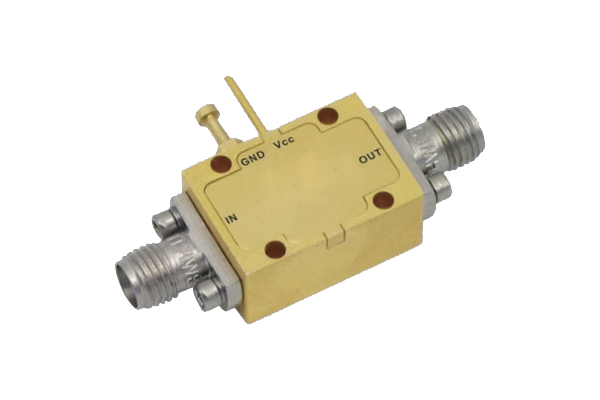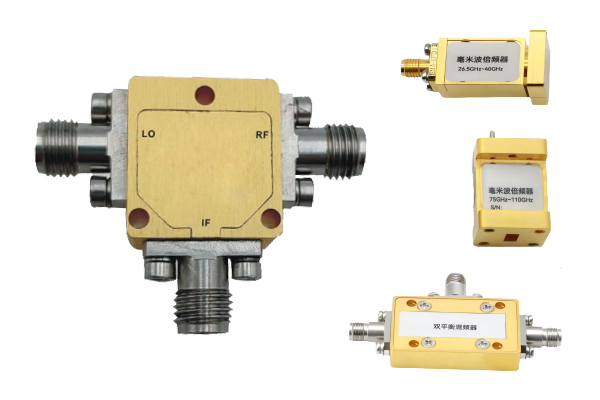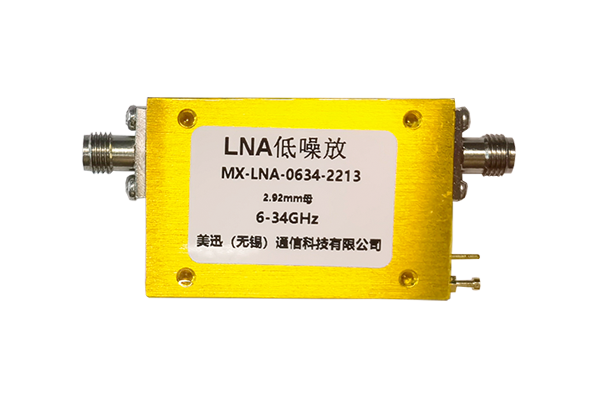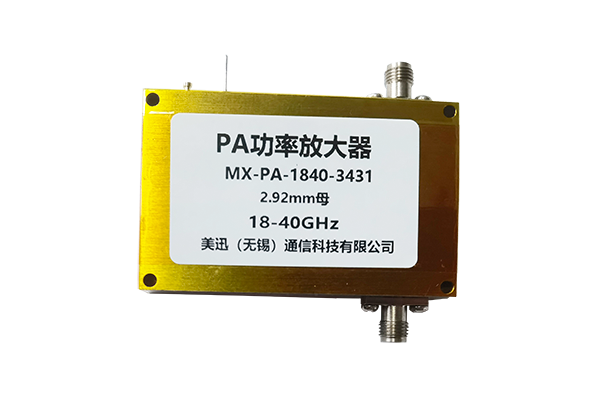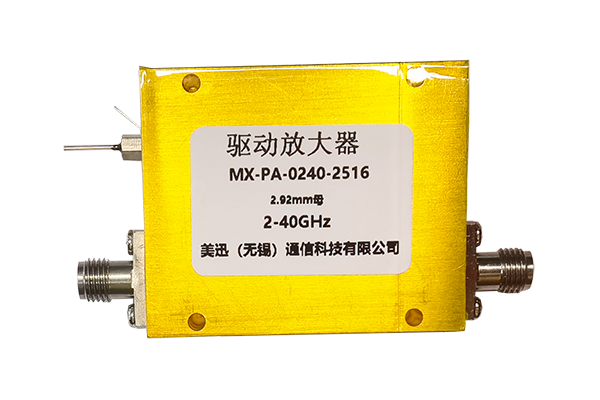Characteristics of low-noise amplifiers
Low - noise amplifiers (LNAs) are critical components in many electronic systems, especially in applications where weak signals need to be amplified with minimal added noise. Here are the main characteristics of low - noise amplifiers:
- Low Noise Figure: The most important characteristic of an LNA is its low noise figure. Noise figure is a measure of how much additional noise an amplifier adds to the signal. A low - noise amplifier typically has a noise figure in the range of 0.5 to 5 dB, depending on the technology and frequency range. This allows the amplifier to amplify weak signals without significantly degrading the signal - to - noise ratio.
- High Gain: LNAs are designed to provide a significant amount of gain to the input signal. The gain of an LNA can range from 10 to 30 dB or more, depending on the application. High gain allows the amplifier to boost weak signals to a level that can be easily processed by subsequent stages in the electronic system.
- Wide Bandwidth: Many low - noise amplifiers are designed to operate over a wide bandwidth. This is important in applications such as wireless communication, where signals can be spread over a wide range of frequencies. A wide - bandwidth LNA can amplify signals across the entire frequency band of interest without introducing significant distortion.
- Low Input and Output Impedance: LNAs are often designed to have low input and output impedances. This helps to match the amplifier to the source and load impedances in the circuit, minimizing signal reflections and ensuring efficient power transfer.
- High Linearity: LNAs should exhibit high linearity to avoid distorting the input signal. This is especially important in applications where the input signal can have a large dynamic range. High - linearity LNAs can handle large - amplitude signals without introducing harmonic distortion or intermodulation distortion



